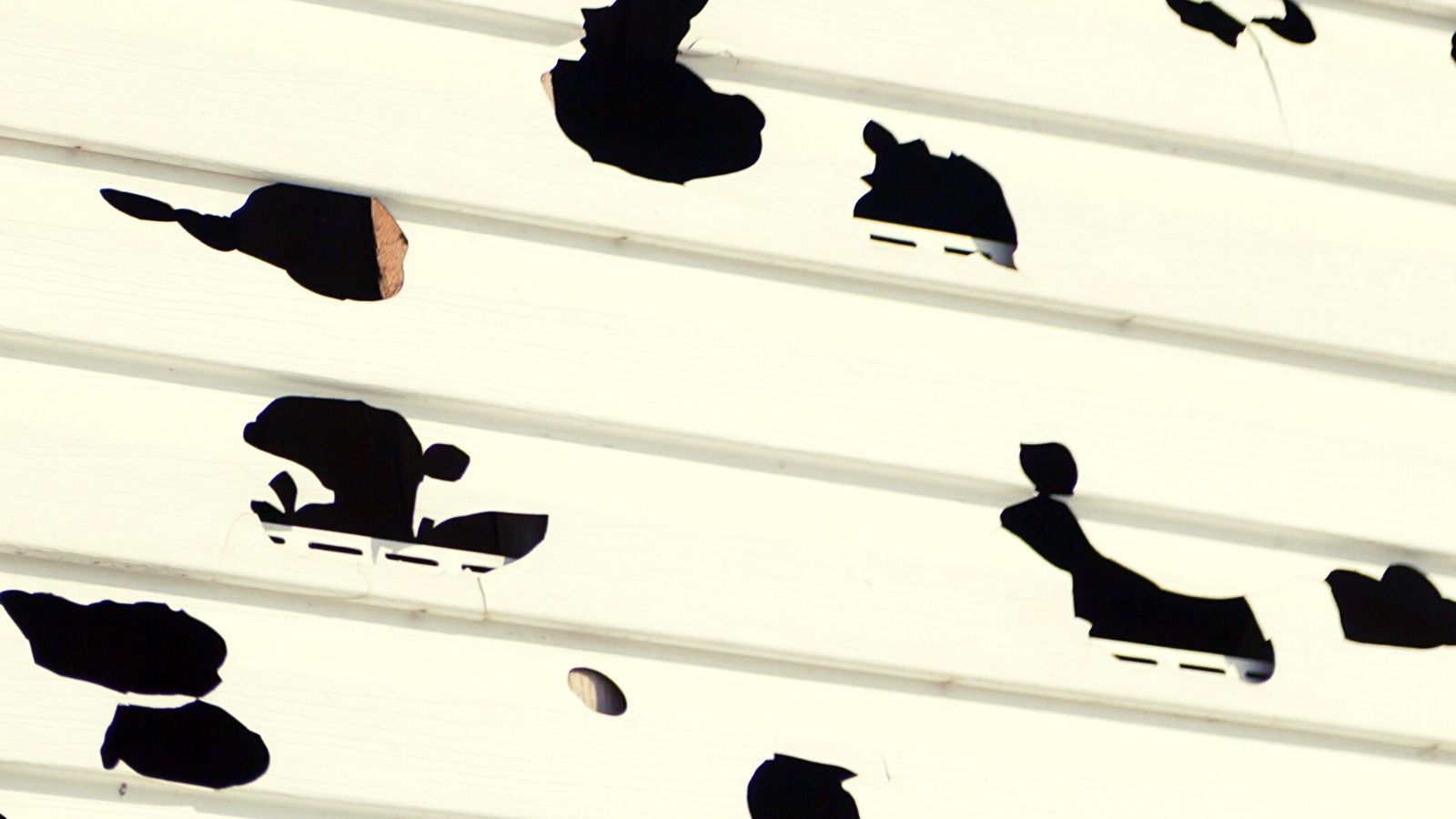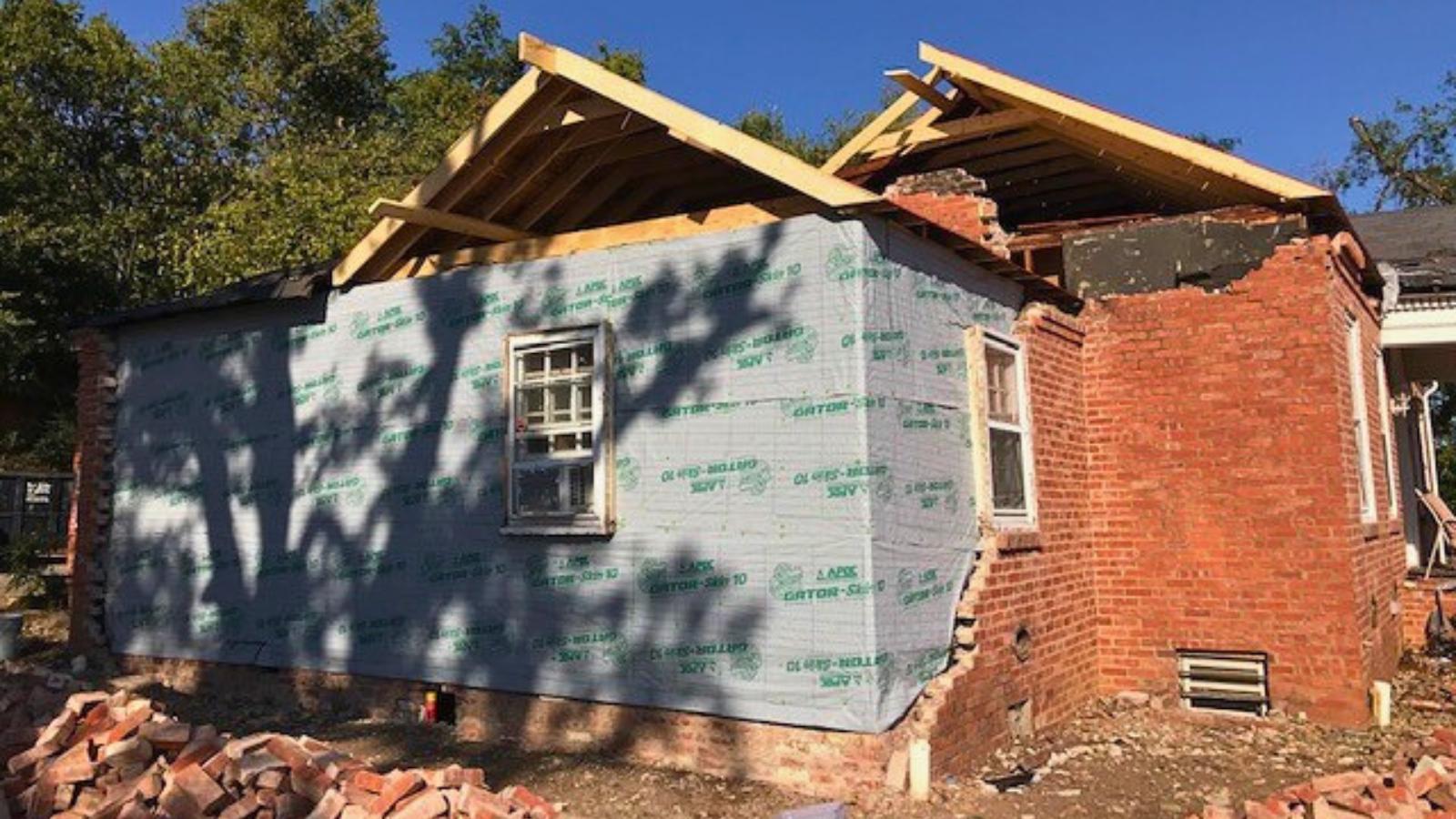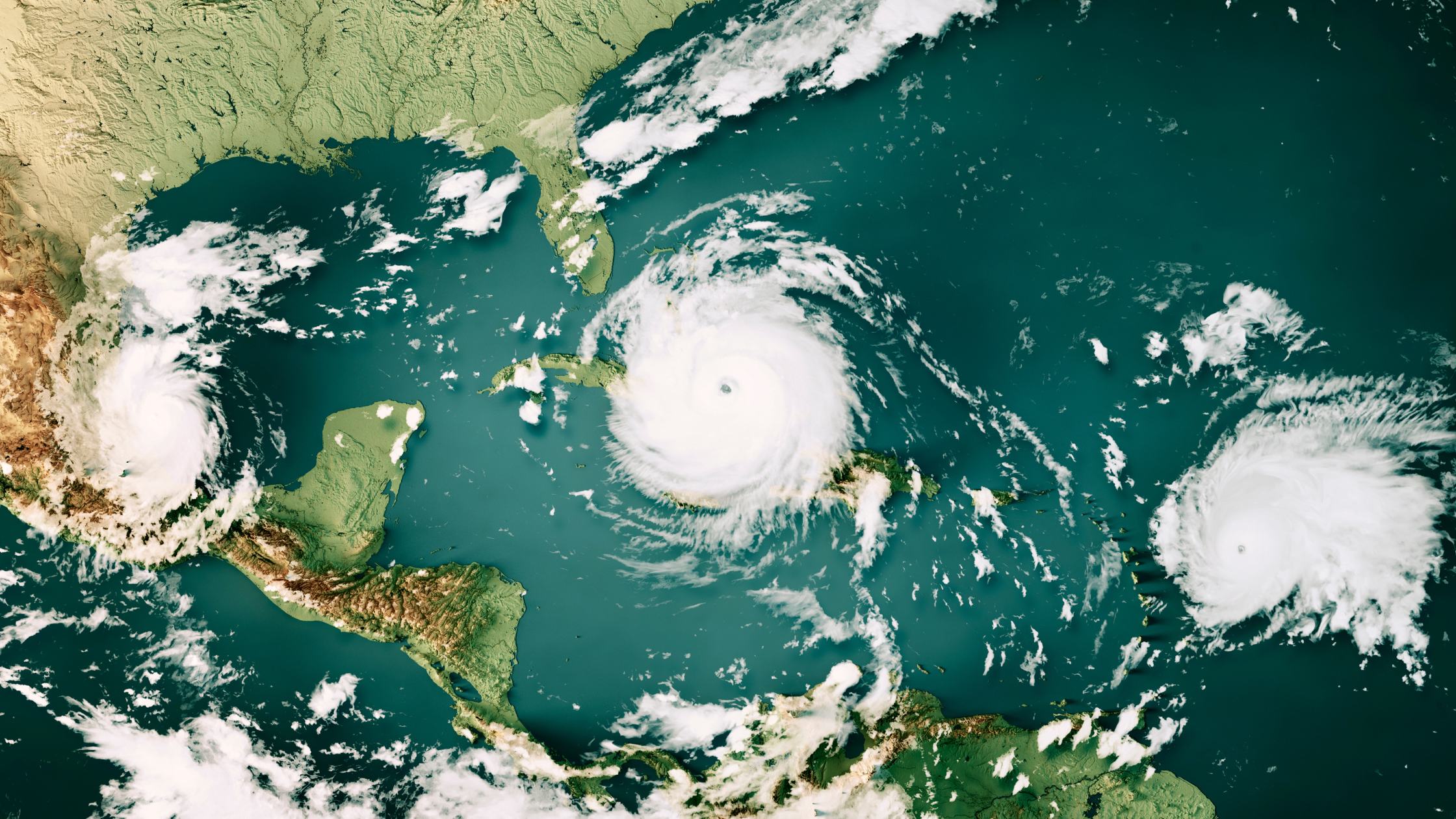How Spring Thaw Puts Your Property at Risk
Spring thaw varies depending on your location, but as winter fades and warmer temperatures take over, commercial properties face new challenges. Snow...

Hailstorms can be a destructive force of nature, wreaking havoc on both residential and commercial buildings. While many people are aware of the damage hailstones can inflict upon roofs, it is crucial to recognize that other parts of a building can also suffer severe damage. In this comprehensive article, we will explore the various components of a building that can be vulnerable to hail damage, the top five months for hail damage, and the importance of identifying and addressing these issues promptly.
When a hailstorm strikes, the hailstones pummel the building in direct contact, posing a threat to every part of its structure. While larger hailstones can be more noticeable and cause immediate damage, smaller hailstones often go unnoticed, leading to long-term repercussions. These seemingly harmless tiny projectiles can have a significant impact on commercial and residential properties.
Roof: The roof is the most susceptible part of a building during a hailstorm. The forceful impact of hailstones can result in cracked or broken shingles, punctured membranes, and compromised flashing. These damages can lead to leaks, water infiltration, and subsequent structural issues if left unaddressed. Property owners should look for signs such as dented metal, displaced granules, or missing shingles to determine if their roof has sustained hail damage.
Siding: Siding, whether made of vinyl, wood, or other materials, can suffer various types of hail damage. Hailstones can cause cracks, dents, or punctures in the siding, compromising its protective barrier. Inspecting the siding for visible signs of damage, such as holes or chipped paint, is essential to prevent water intrusion and maintain the building's aesthetics.
Gutters and Downspouts: Hailstorms can dent or crack gutters and downspouts, obstructing the flow of rainwater and leading to water pooling or overflow. Property owners should check for misaligned or sagging gutters, as well as any visible signs of damage, including dents or fractures along the gutters or downspouts.
Skylights: Skylights are particularly vulnerable to hail damage due to their exposed position on the roof. Hailstones can cause cracks or fractures in the glass or plastic panes, compromising their structural integrity and potentially leading to leaks. Inspecting skylights for any visible signs of damage, such as chipped or broken glass, is crucial for preventing water intrusion and maintaining energy efficiency.
Door and Window Frames: Hail can damage door and window frames, resulting in dents, cracks, or even shattered glass. Inspecting the frames for any signs of impact, including visible dents or broken glass, is essential to ensure the security and insulation of the building.
HVAC Units: Hailstorms can harm the outdoor components of HVAC (Heating, Ventilation, and Air Conditioning) systems. The condenser fins can get bent or damaged, hindering the unit's ability to cool or heat effectively. Property owners should visually inspect the HVAC units for any signs of hail damage, including bent or flattened fins, as well as ensure the proper functioning of the system.
Outdoor Lighting Fixtures: Outdoor lighting fixtures, such as wall-mounted or pathway lights, can suffer damage during hailstorms. Hailstones can chip or crack the light covers, exposing the electrical components to moisture. Regular inspections should be conducted to identify any visible signs of damage, such as broken or cracked light covers.
Hailstorms can occur throughout the year, but certain months tend to experience a higher frequency of hail damage than others. By understanding the seasonal patterns of hailstorms, property owners can be better prepared and take proactive measures to safeguard their buildings. Here are the top five months when hail damage is most common:
May: May is notorious for hailstorms in many regions, making it one of the peak months for hail damage.
June: Similar to May, June sees a high occurrence of hailstorms, especially in areas prone to severe weather.
July: While July is more commonly associated with hot weather, it is not immune to hailstorms. In some regions, the combination of heat and humidity can contribute to the formation of powerful thunderstorms capable of producing hail.
August: August marks the peak of summer in many areas, and with it comes the potential for hailstorms.
September: Although hailstorms tend to diminish as summer transitions into fall, September can still experience significant hail activity in some regions.
Understanding the hazards of hail damage is crucial for property owners to protect their buildings from potential long-term consequences. Hailstorms can cause damage not only to roofs but also to siding, gutters, skylights, door and window frames, HVAC units, and outdoor lighting fixtures. By conducting regular inspections and promptly addressing any visible signs of damage, property owners can mitigate the risks associated with hailstorms, ensuring the longevity, safety, and value of their commercial and residential structures year-round. Additionally, being aware of the top five months for hail damage allows property owners to be proactive in their preparations and implement preventive measures to minimize the impact of hailstorms during those periods. By taking these steps, property owners can safeguard their buildings and mitigate potential hail damage effectively.

Spring thaw varies depending on your location, but as winter fades and warmer temperatures take over, commercial properties face new challenges. Snow...

A pair of tornadoes tore through western Arkansas in late spring, leaving a trail of destruction in their wake. Among the affected areas was Van...

We responded first and when no one else could to quickly bring four hurricane-battered hotels back to pre-loss condition well ahead of schedule.